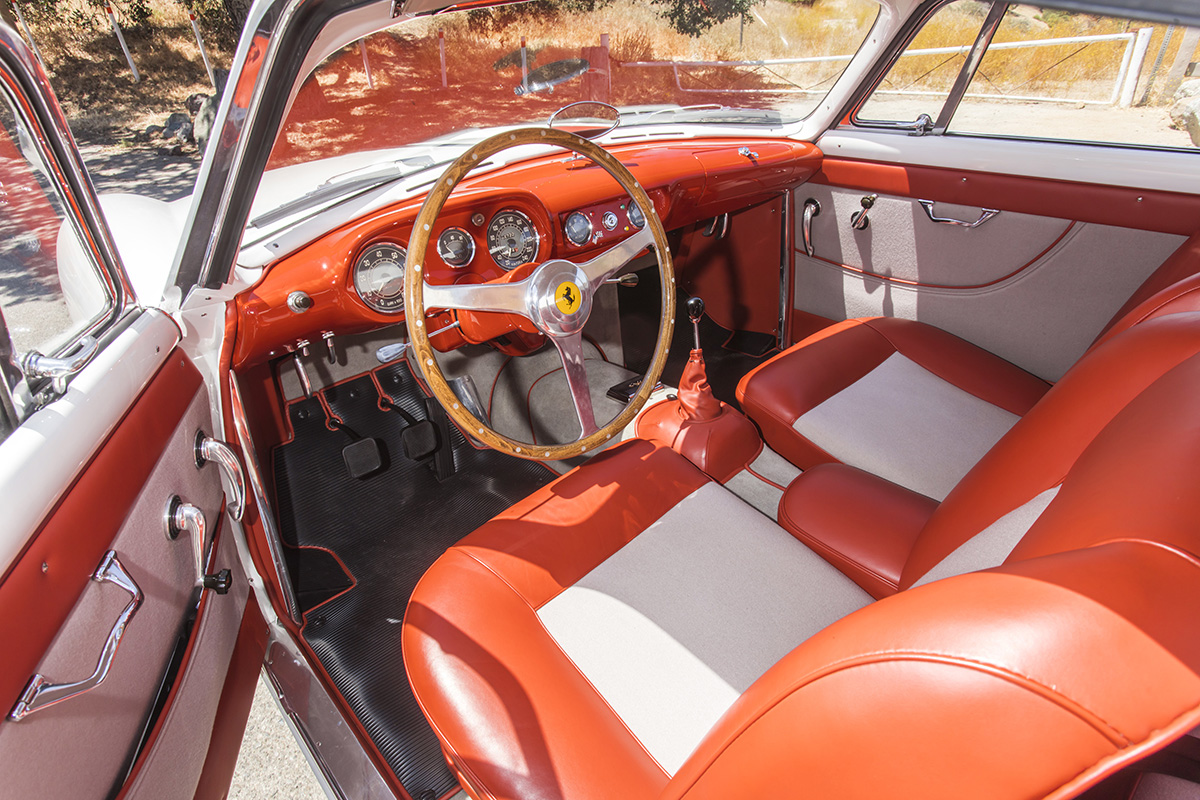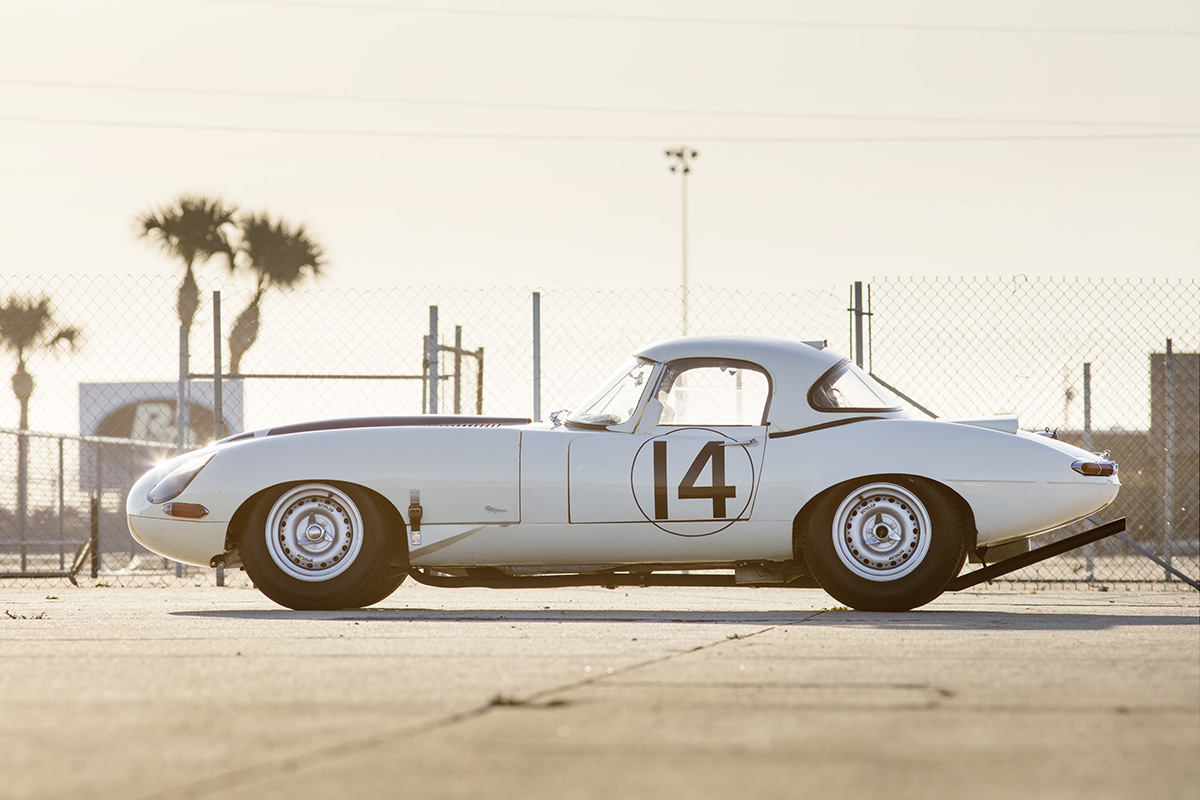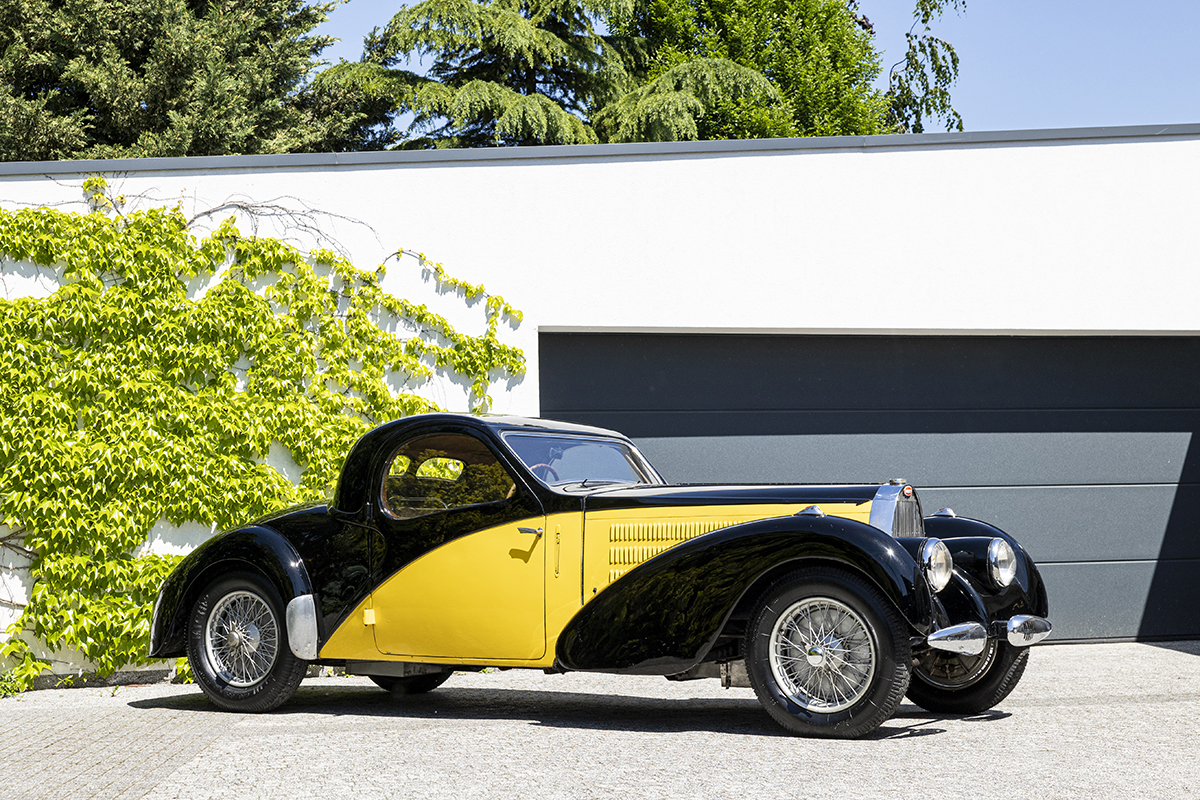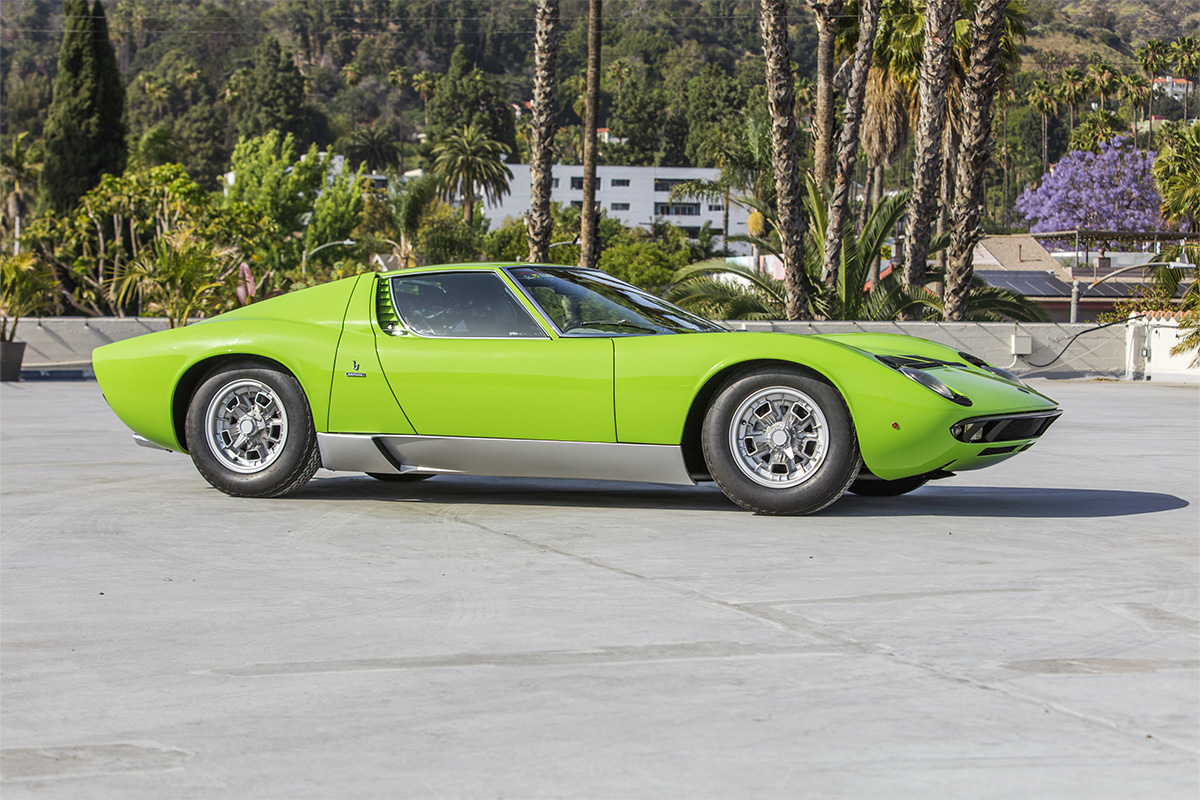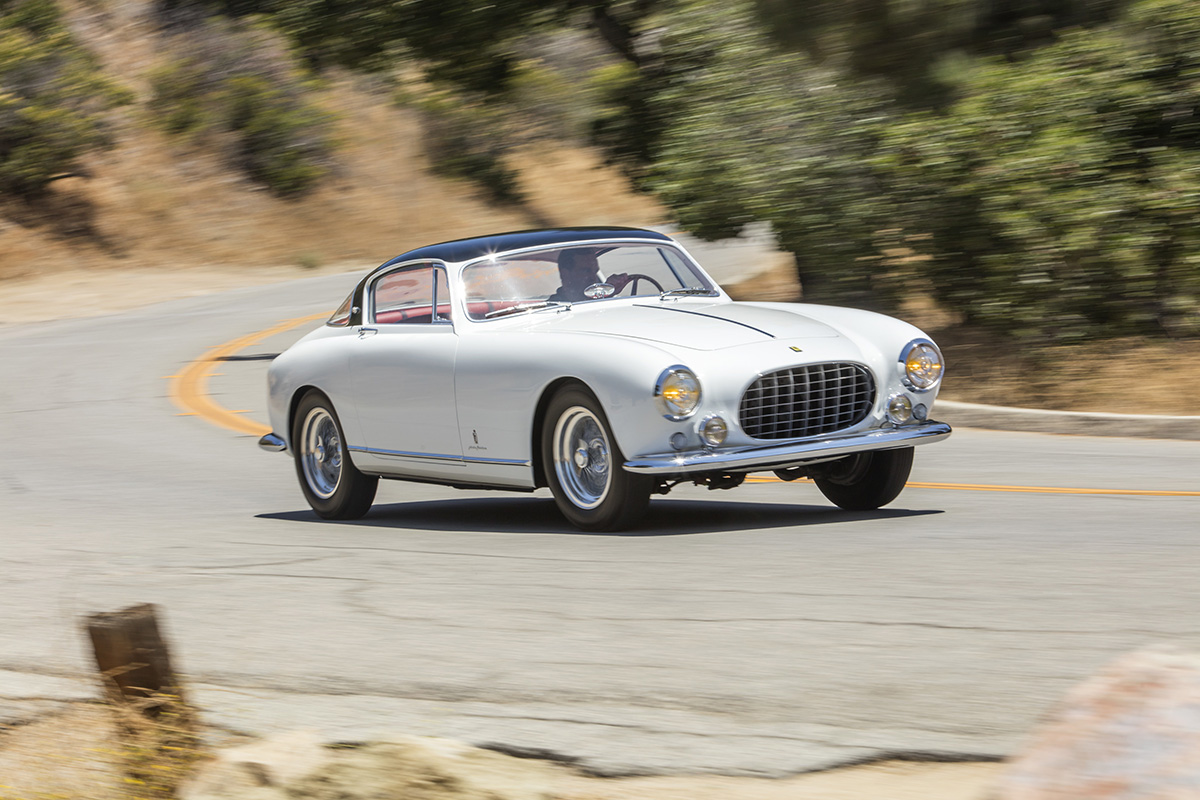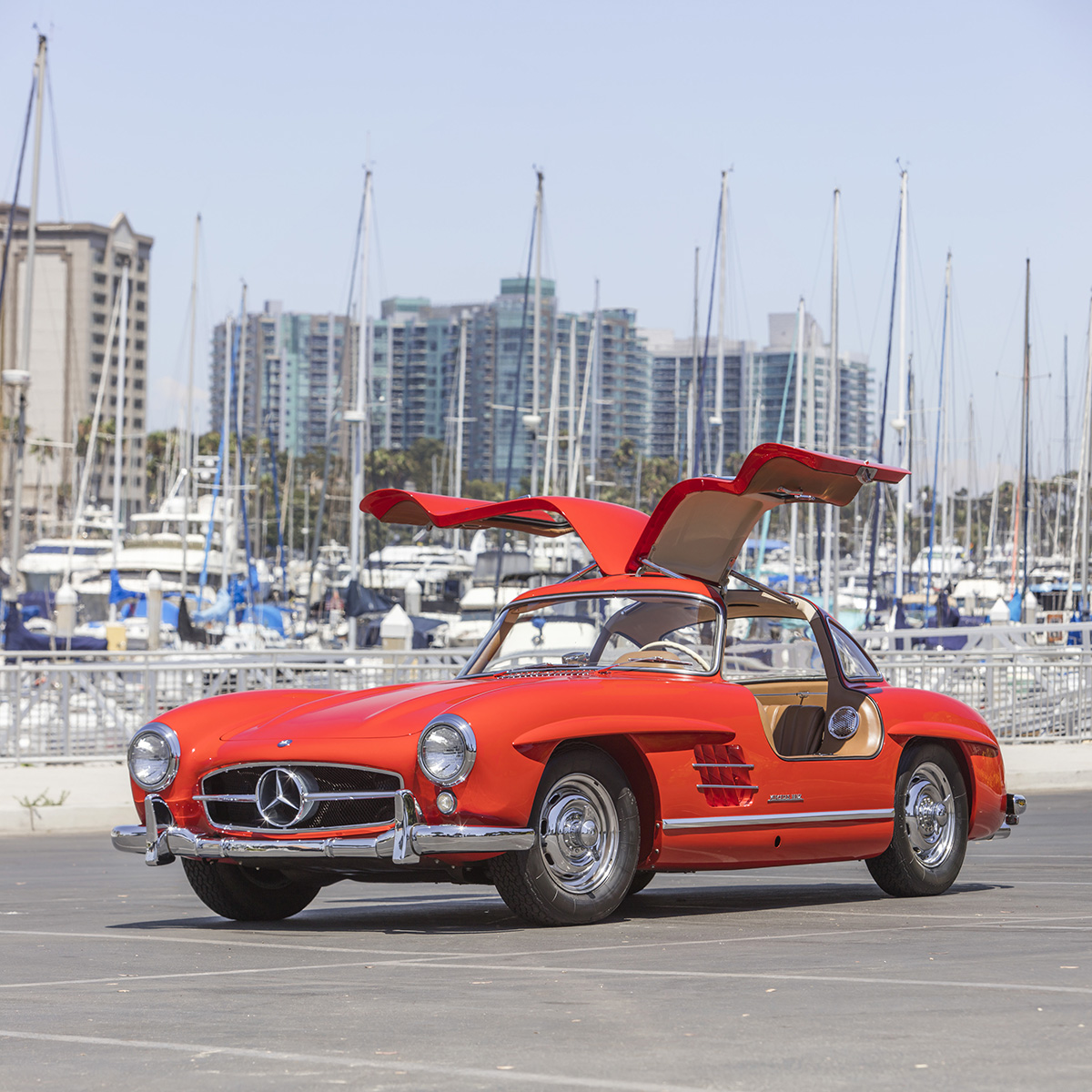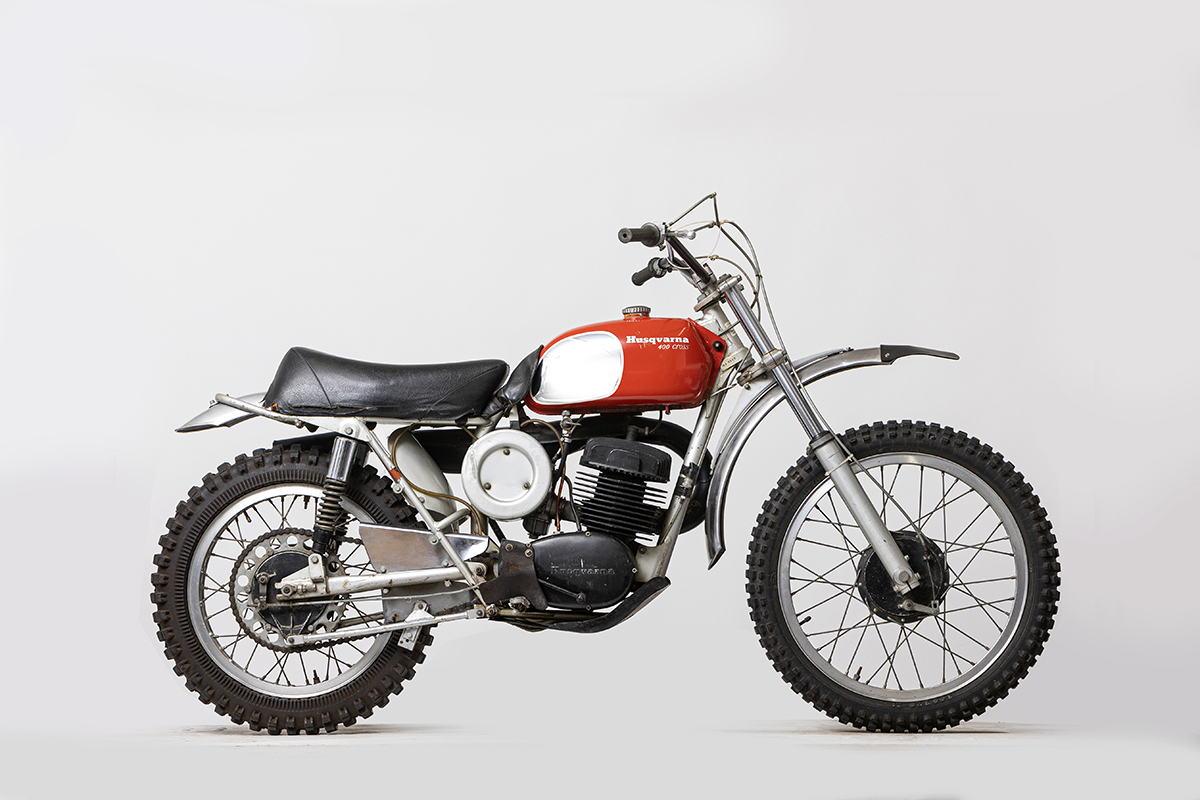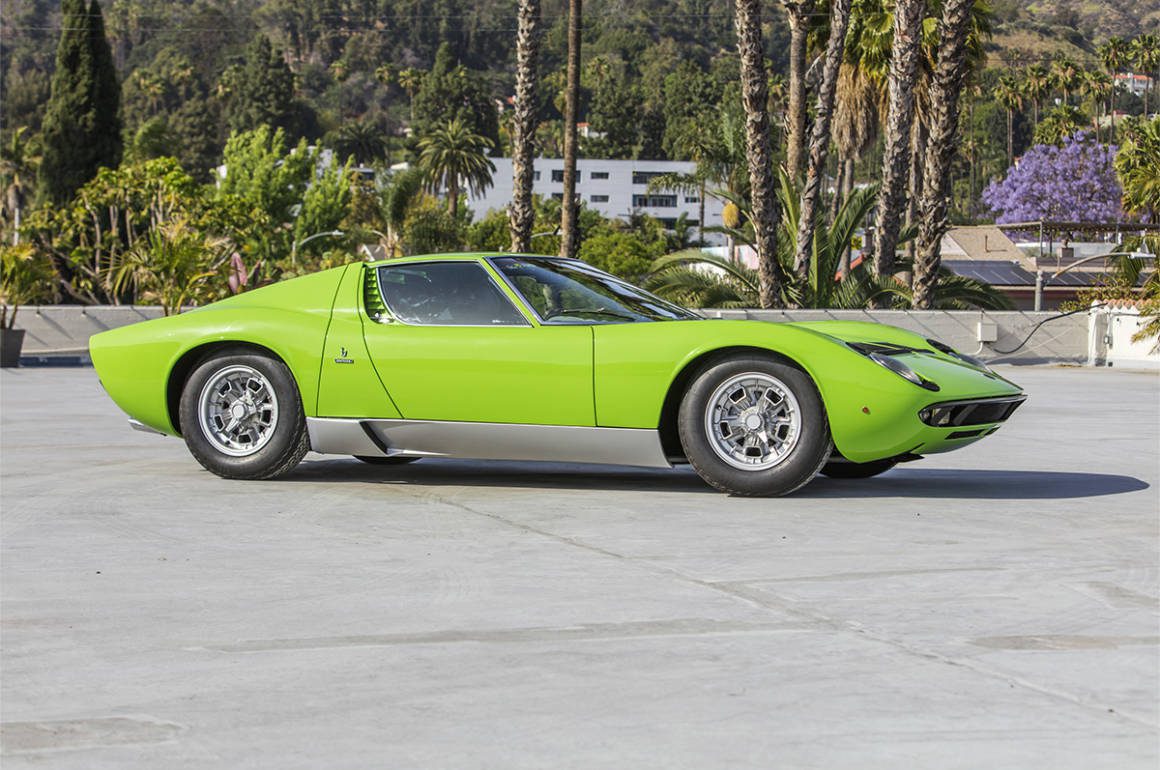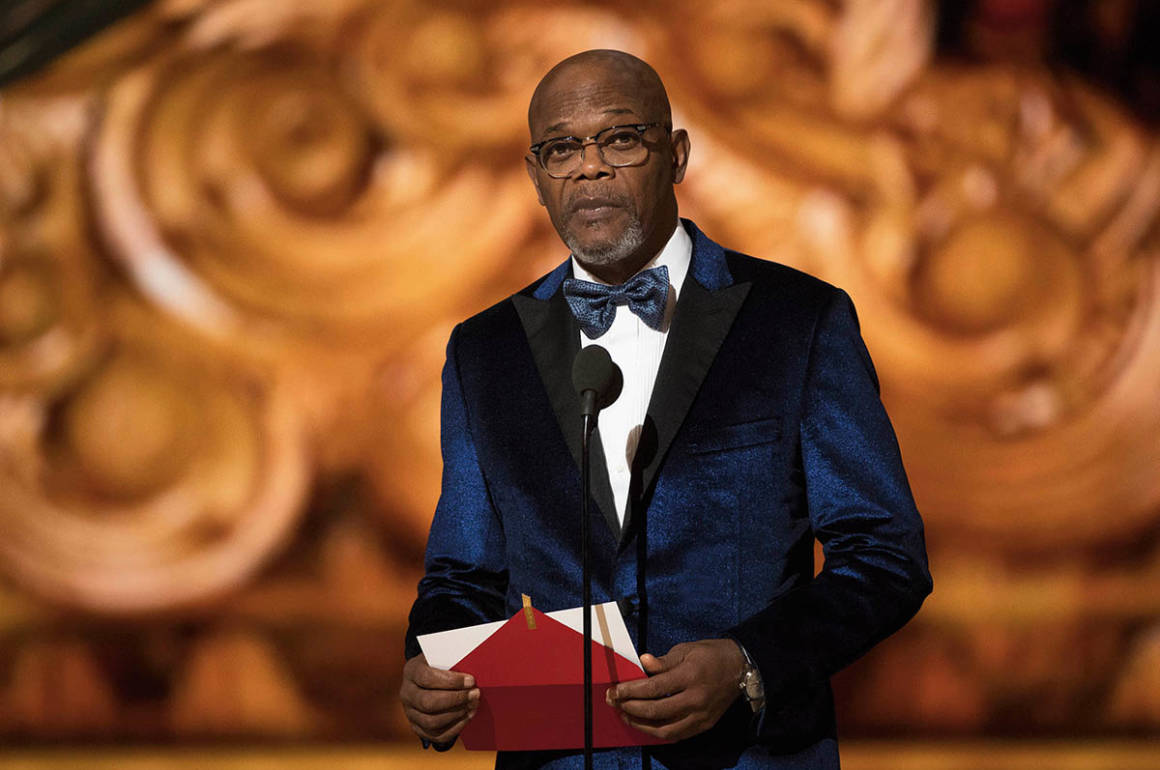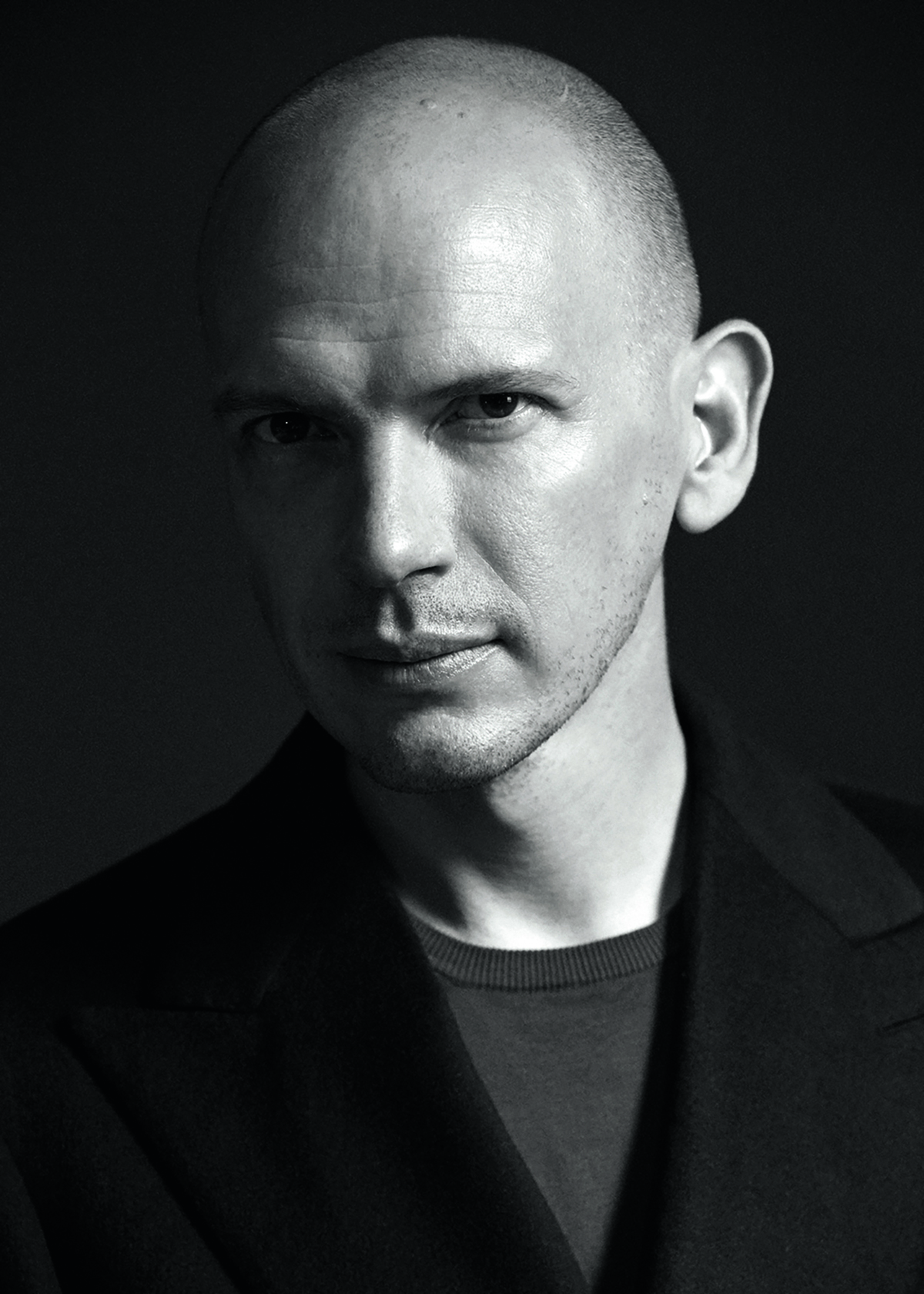
Norbert Stumpfl, Executive Design Director at Brioni. Image courtesy of Brioni
Until recently, Brioni was a menswear brand in flux, a 20th-century Italian formalwear legend that hit a couple of bumps as it tried to swivel to appeal to sneaker-clad millennials and Gen-Z dudes. But everything is rosy again, as executive design director Norbert Stumpfl explains to Darius Sanai
Modern yet traditional, supremely relevant yet trend averse – Brioni’s understated, logo-free luxury is appealing to a new and established global audience, from twentysomethings to the over seventies. Under Norbert Stumpfl’s expert eye, the brand welcomes Jude Law and his son Raff as its spring/summer ambassadors and rises to the challenge of creating a comfortable, stylish and sustainable wardrobe for the modern man.
Follow LUX on Instagram: luxthemagazine
LUX: How will recent times, with people staying at home, affect menswear in the long-term?
Norbert Stumpfl: This is something we ask ourselves in the studio all the time. I think that there will be some kind of change. People will change their habits a little bit. Or there might be pockets of people who are more interested in something more meaningful – this is where we can step in, with something not ‘throwaway’ but something a man can build on in his wardrobe, something not so trend-driven. I am very positive in my feelings for the future. Also, we are all watching a lot of sport, which involves T-shirts and sweatshirts, and many designers are working in this direction. But in the long run, people might find that they have too much of this in their wardrobes and that they want to change again. There’s always a pendulum in fashion: sometimes it goes more traditional, sometimes it goes sportier, and the two influence each other much more nowadays. We, for instance, in our fabric research, are being more influenced by sportswear and new technologies. Our fabrics are now crease-resistant, they have a natural stretch, a lightness. So, we are evolving as well.
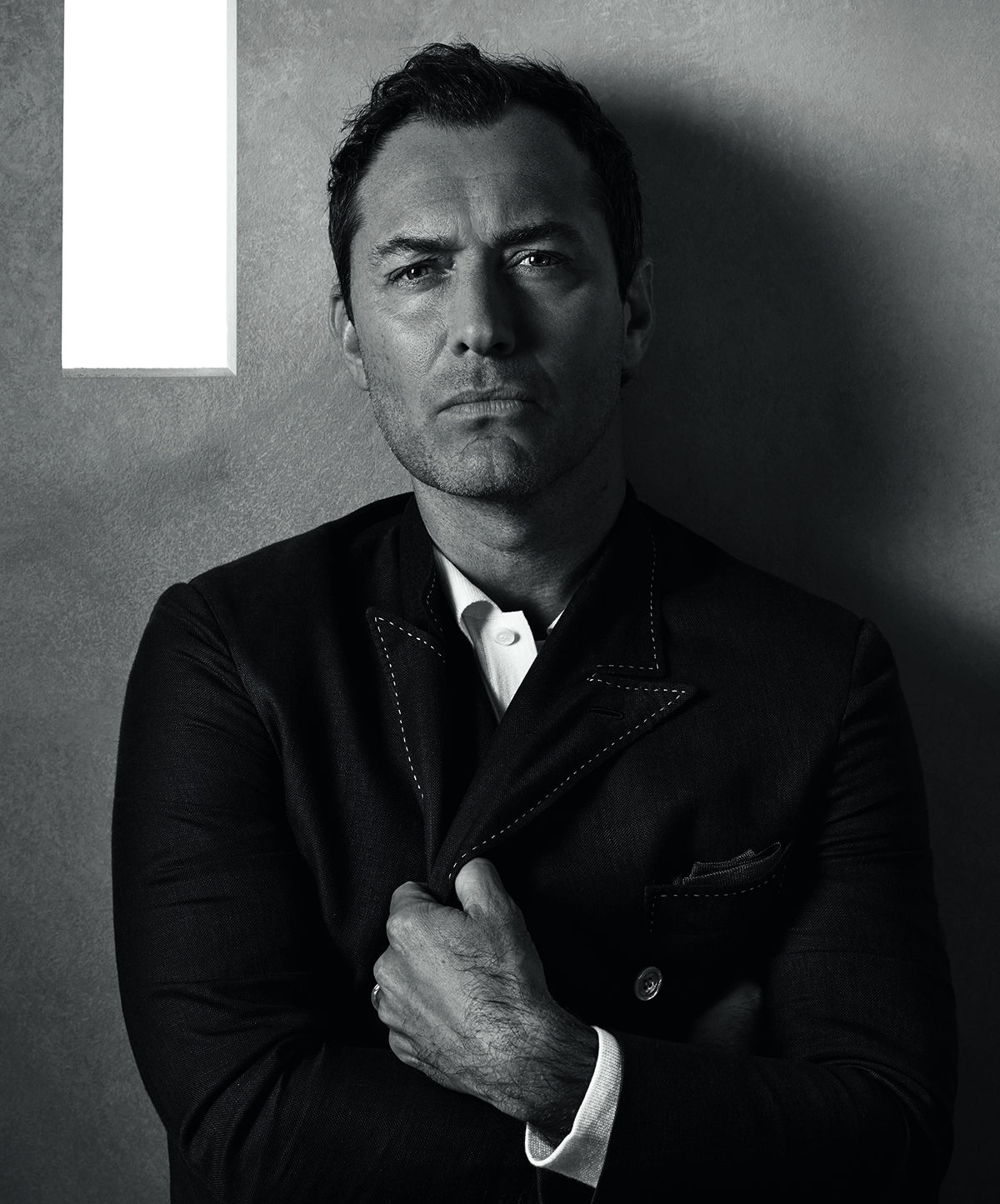
Jude Law, currently one of Brioni’s brand ambassadors. Image courtesy of Brioni
LUX: Will markets in Asia, where sport-influenced fashion dominates, become interested in tailoring?
NS: Brioni’s not very strong in the Asian market – we’re doing well in Japan, but not in China. Our Chinese clientele is the youngest; it’s 30- plus, whereas, worldwide, we are more in the 50-year-old bracket. But, recently, there has been an explosion of people wearing it there. A lot of actors wear Brioni tuxedos or suits to events, and if these people are wearing Brioni, people will be interested. Also, in the past few years, our Chinese clientele has been the one that picked up on our new directions the quickest; while in the US or Russia, we have a slow change – they like the collection, then it takes a season or two to pick up certain garments.
LUX: Brioni has been perceived as a sophisticated tailoring brand for wealthy gentlemen. Is that changing?
NS: When I was hired, François Pinault [CEO of Kering, which owns Brioni] asked me to give the brand a modern approach. Our clients are loyal, they enjoy the suits, the comfort, the lightness – and that nobody knows it’s Brioni, just those in the know. It’s a personal luxury. So, I approach modernisation very gently.
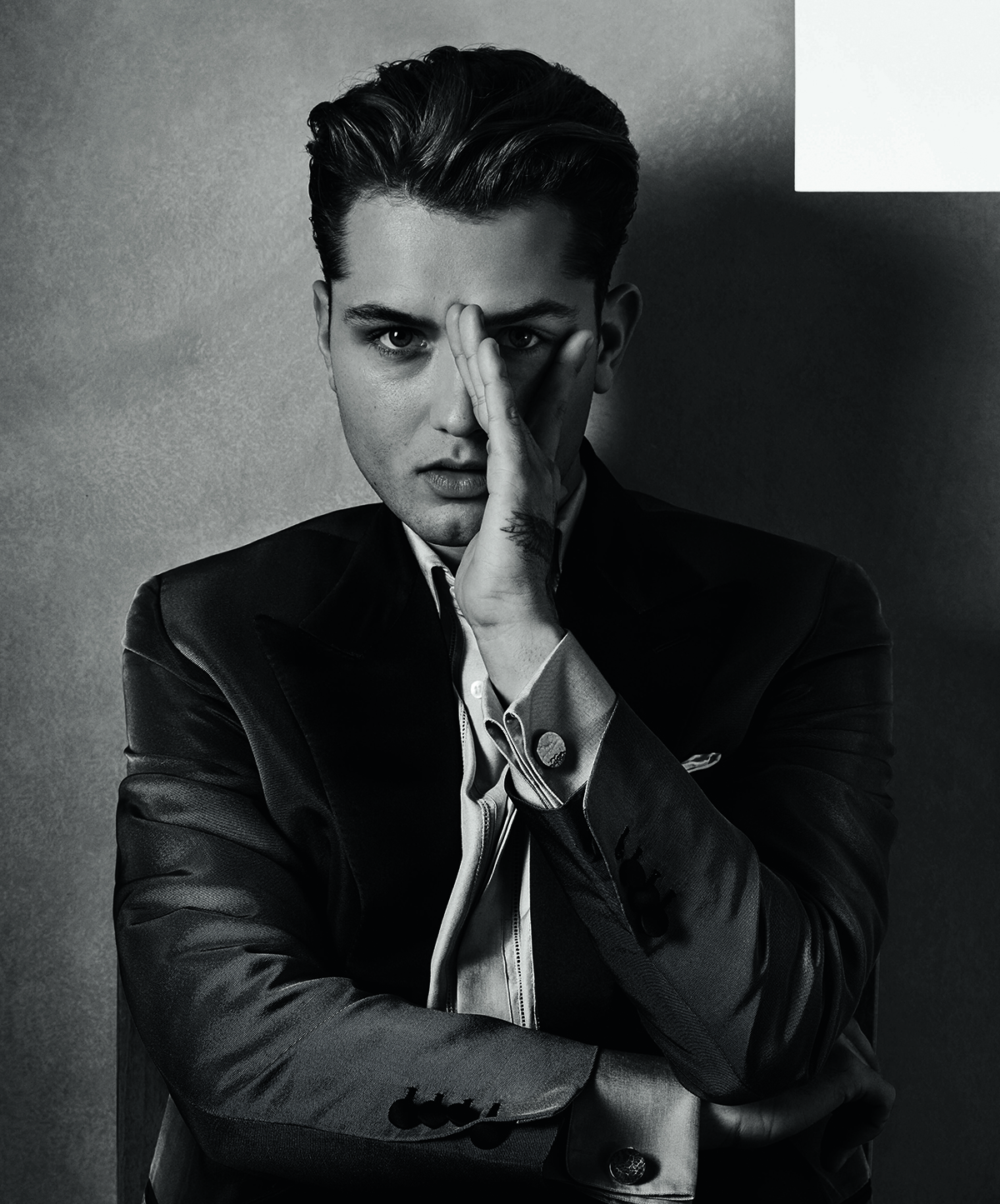
Raff Law, currently one of Brioni’s brand ambassadors. Image courtesy of Brioni
Of course, the high-ticket sales are coming from tailoring, and from bespoke clothing. However, recently, we’ve seen a change: with the collection picking up high-ticket sales, as well. This means that our traditional client is also really enjoying the new direction, because it’s not groundbreaking, but it is modernising just a little bit. In China, we’re showing the more modern man of Brioni; our imagery is going in this direction, because our typical client, who is maybe 50, 60, 70, is not looking at the images on Instagram or on the runway. So in the new imagery it’s always on younger models. There is a new Brioni, but it’s inspired by the old Brioni.
LUX: What’s your view on e-commerce?
NS: For me, the digital side is very important. It’s going to be challenging to sell our tailoring online. I prefer to go to the store, have the proper fitting and look around. Yes, it’s getting more important, but for our type of garments, which need to fit well, it’s much easier to be in a physical store. There’s always a tailor in our Brioni stores, who is trained in Italy, to give this kind of service. Nevertheless, I think e-commerce needs to be our shop window to the world.
LUX: How did you choose Jude and Raff Law as Brioni’s new ambassadors?
NS: Jude is a master of his craft and Raff is following the footsteps of his father. They are both fascinating characters. The most interesting aspect is the interaction between father and son – both equally at ease in Brioni. Their natural elegance comes through.
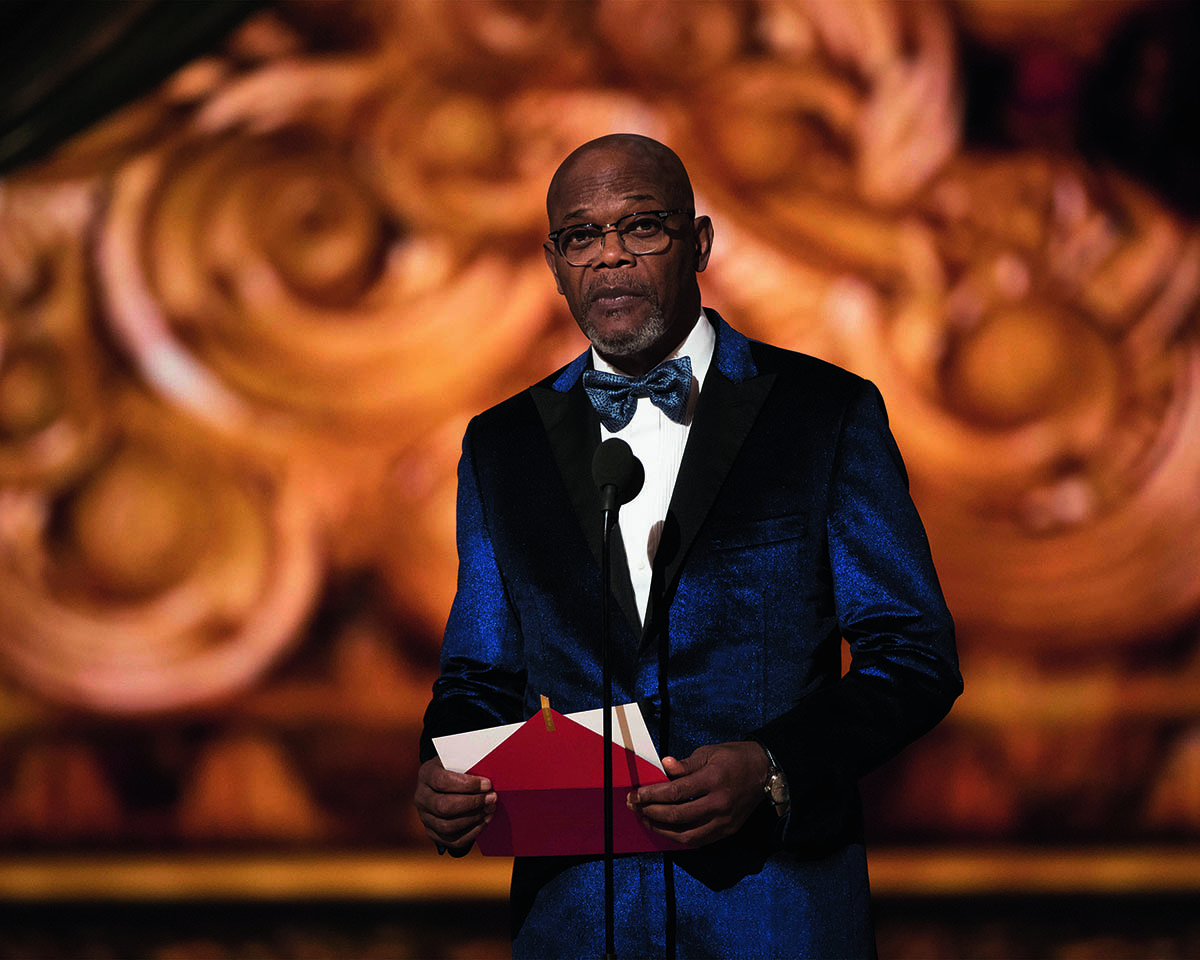
Brioni’s designs and tailoring have been favoured for decades by Hollywood royalty including Samuel L Jackson. Image courtesy of Eddy Chen
LUX: You’ve used the word ‘modern’ a lot – does that mean appealing to younger people?
NS: No – what I consider modern is just a way of cutting the pieces, maybe using a more modern colour palette, working on the fabric technology, making the garments lighter, water-repellent… It’s just for a modern man. I see my design as invisible, but it’s there to make the life of the Brioni man easier.
When you touch a Brioni garment I want you to say, “Wow!” It puts you in a good mood because you’re enveloped by this super-soft material, and I think this is where the modernity lies. In our lookbooks, we also show a lot of tonal dressing – the colours are more modern, they are inspired by the Roman palettes, they are inspired by the Roman streets. There’s a modernity in me, as a designer, staying in the background to allow Brioni men to shine.
LUX: Is it hard to balance your choice of materials with a drive for sustainability?
NS: Yes, sometimes it’s quite hard. Our clients expect the best materials. It’s been a long journey, even finding our sustainable partners and getting something that is what you would expect from Brioni. There have been a lot of steps forward, and the quality of the sustainable products are getting much better. It’s something that is, personally, very important for me. I’m on the same side as Mr Pinault, who really pushes us on this. I’m a designer who wants to make garments that have a use in the world and does not damage it. For sustainable fabric, I always go to auctions.
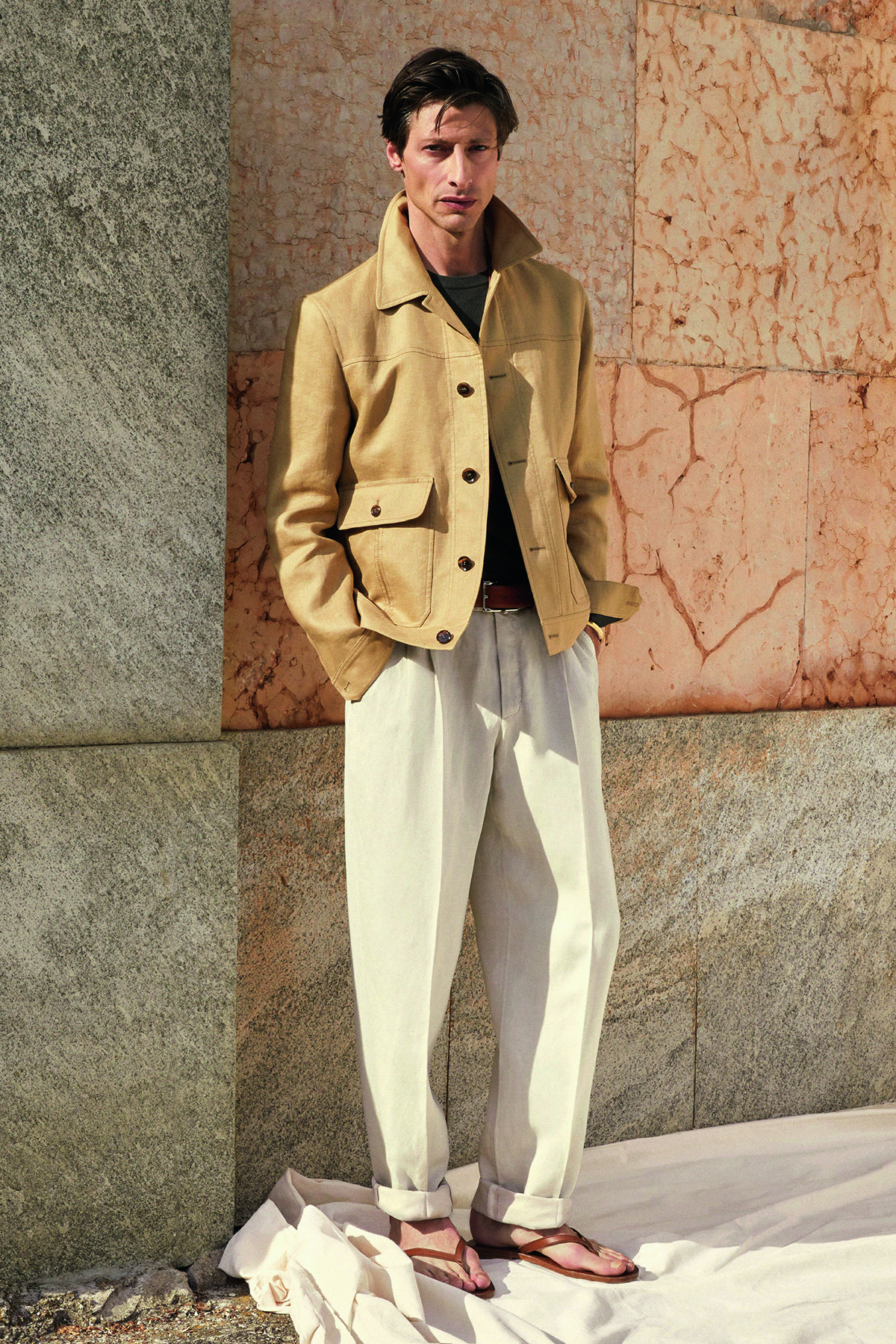
A look from the Brioni SS22 menswear collection. Image courtesy of Brioni
We made a big step forward by making almost all of our denim sustainable, which means using sustainable fabrics and sustainable metal pieces. What is not sustainable, at the moment, are the threads and the leather patches. But we will push this everywhere. For instance, the cotton for our T-shirts is sustainable, and we also have sustainable rules – it’s very important that there aren’t thousands of sheep that destroy the land then move on. We are trying to take more categories into sustainability now. It’s not easy. For instance, cotton can’t always be sustainable – you can see a lot of black dots, which is not acceptable for us. We’re working with the mills to really explain what we expect.
LUX: What do you personally take the most pleasure in designing?
NS: I really like the process. It all starts with an idea. I like creating the product together with our tailors, because they are truly talented people. I like challenging them. We did this jacket for Brad Pitt, for instance, which was a super- light, double-splittable cashmere sports jacket using a fabric that is really nice, but it has to be split in half with a scalpel and stitched back together. In the beginning they said it was too difficult, but they found a way. So, working with them and their 75 years’ worth of knowledge at Penne [where Brioni has a factory and a tailoring school], and with my modern approach, we can create something very impressive.
LUX: Is Dior Homme your main competitor?
NS: I wouldn’t consider Dior Homme as a competitor – I think of Dior as a brand that is much more fashion-oriented, which we are not. We’re a luxury brand that moves very slowly. Maybe, with our product, the art is more important, the way of making it. My viewpoint is also less important – I want to be in the background. With designers like Dior, it’s more about a strong style – if a person stands 50m away, you will still recognise it as Dior. I like to let the person shine, but with designer clothes, you’re showing that you can afford them.
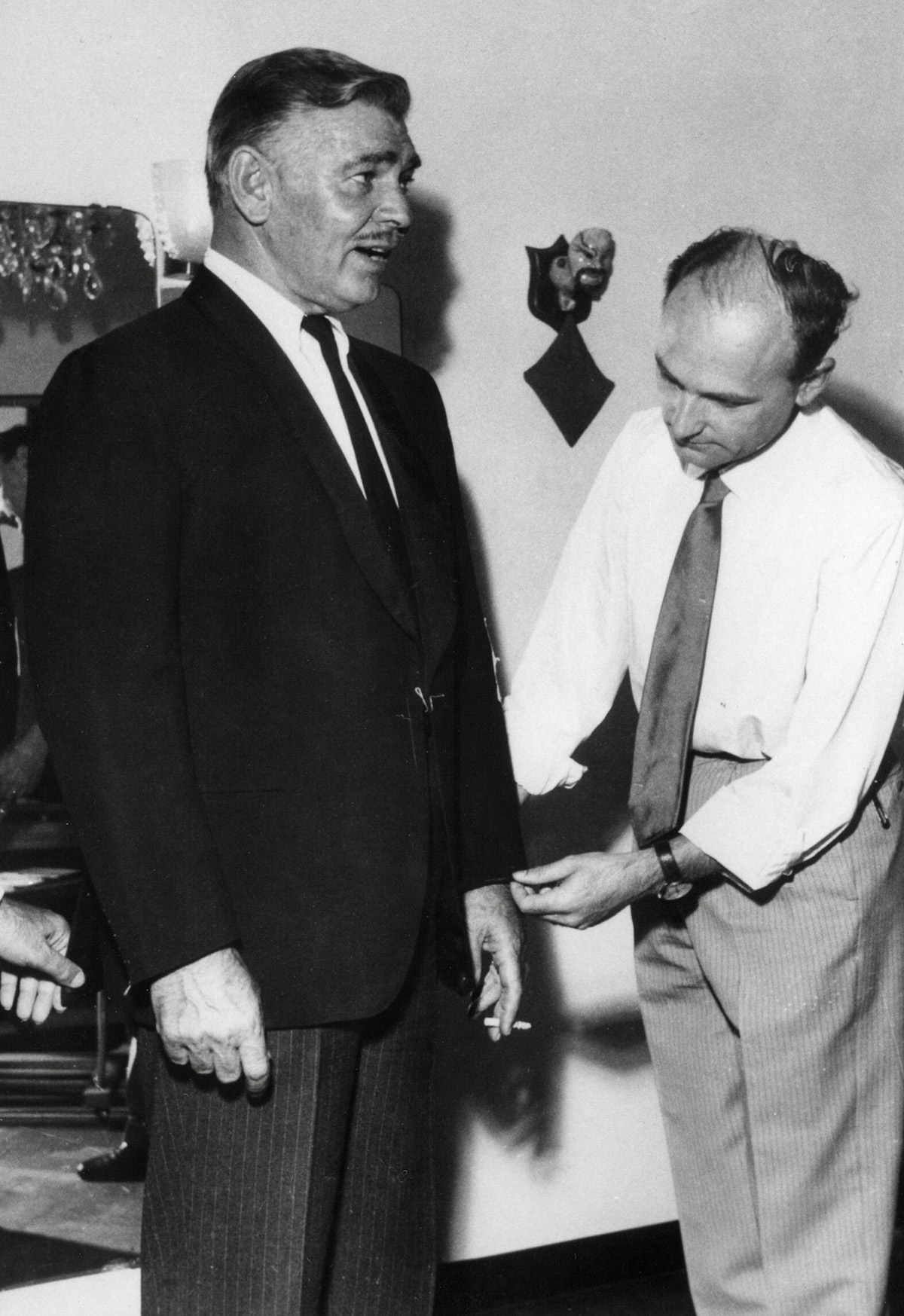
Clark Gable being fitted in a Brioni suit. Image courtesy of Chris Pizzello-Pool
LUX: You mentioned some Italian tailors, but you didn’t mention Savile Row.
NS: Savile Row is definitely on the same level, but Brioni tailoring is between Savile Row and southern Italian tailoring. We have the appearance of Savile Row, which is very constructed, very precise, with strong lines, but with constructed interfacing. Brioni has more of the flavour of southern Italy, with soft shoulders and almost no construction inside.
LUX: You originally planned to be an architect. Are we going to see any Brioni hotels?
NS: No. For now, we have to work on our boutiques. They’re very different, they’ve been through different periods. Together with our CEO we are trying to bring the same visuals to all our boutiques, and this takes time. We might have one store design in Milan, another one in New York, another one in London, which I think is one of the most beautiful. It has the feel of extreme luxury, but also feels very human inside. It doesn’t shine, it’s not all marble.
LUX: What do you think the well-dressed man will be wearing in 2022?
NS: There are so many possibilities in the collection. I know what I’m going to be wearing – a beautiful constructed coat, with a very soft cashmere sweater and some relaxed trousers from Brioni. It’s about just being able to put things on that feel almost weightless.
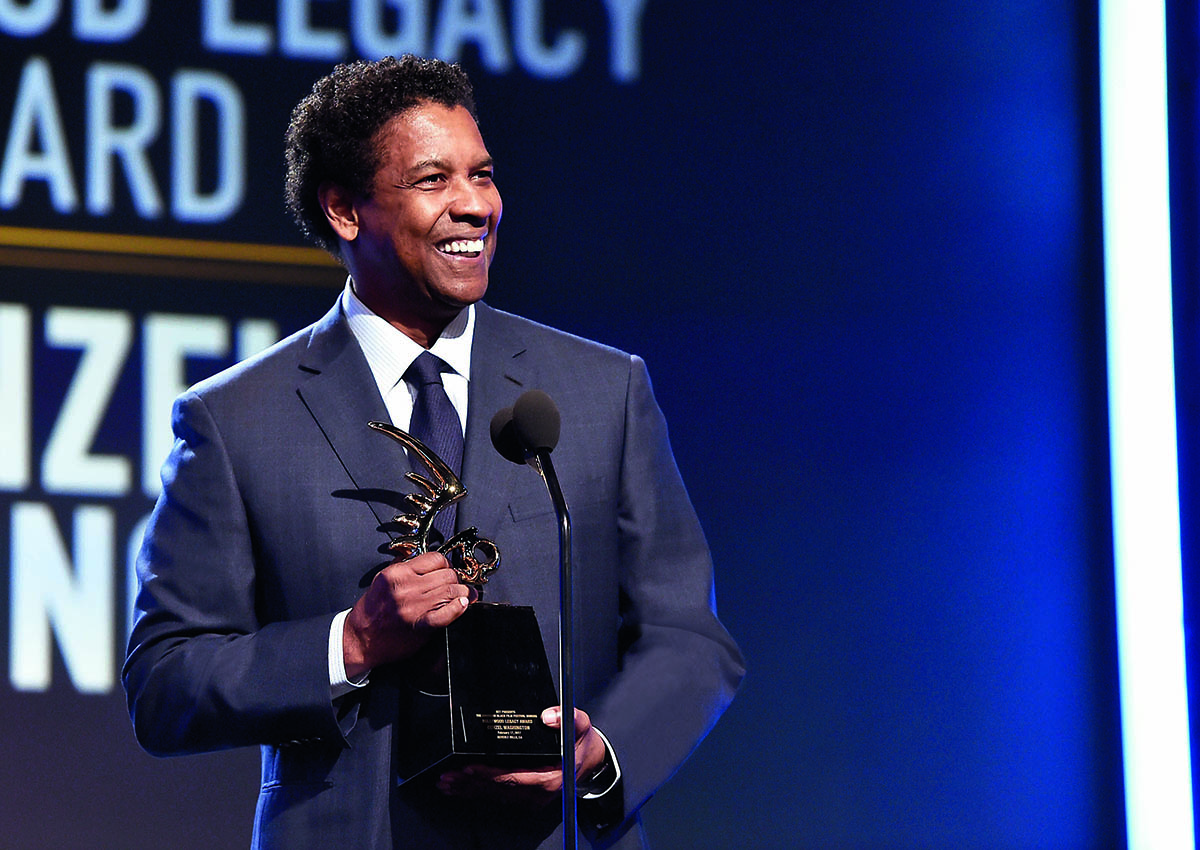
Denzel Washington accepting the Hollywood Legacy Award in 2017 wearing Brioni. Photo by Photo by Alberto E. Rodriguez
LUX: And how will professional men dress in 30 years’ time? In T-shirts, chinos and jeans?
NS: It’s a really good question: will they be wearing tailoring? At the moment, they still do. When you go to the bank or to a lawyer’s office, they wear suits. There might be a trend for more separates, as well. I’m trying to move Brioni in a way that, as I said before, fits the modern man’s wardrobe. So we are working on innovation, so that we don’t find ourselves, in 20 or 50 years, disconnected from what’s happening with men.
Read more: Donatella Versace Interview: Doing It Her Way
This is really important – to always think of ourselves as innovators. I was asked if I think of Brioni as a heritage brand, and I said: absolutely not. Brioni was born as a super-innovative brand – our founders used new materials, they were thinking outside the box, they were putting men on the catwalk, they were the first to do trunk shows. I think we might have lost this spirit a bit, in the past 20 years or so, but we are moving forward again. Brioni will, or should, represent the modern man. This is my challenge.
Find out more: brioni.com
This article appears in the Summer 2022 issue of LUX
